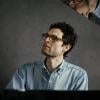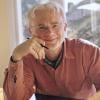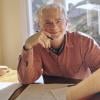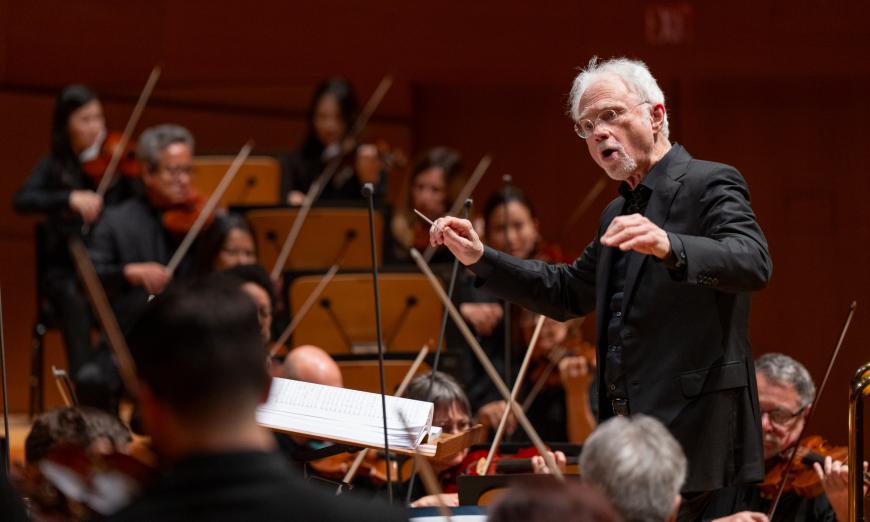
A thrilling turn from a soloist sometimes defines an orchestral concert. The Los Angeles Philharmonic’s program this past weekend promised as much with the premiere of Timo Andres’s new piano concerto, Made of Tunes, written for pianist and luminary Aaron Diehl.
But the entirety of Friday’s performance at Walt Disney Concert Hall was marked by expressive individual voices. Impassioned solo playing from the LA Phil’s own ranks in Aaron Copland’s Quiet City and John Adams’s City Noir multiplied the vibrancy Diehl brought to Andres’s work.
Copland’s piece allowed principal trumpet Thomas Hooten and English hornist Carolyn Hove to showcase their delicate conceptions of color. Hove’s sound communicated an especially potent inward yearning as she took over themes from Hooten in dovetailed entrances.
Adams’s City Noir, a decidedly thornier and more cerebral work, showcased many more players’ virtuosity. A pizzicato solo from principal bass Christopher Hanulik established the opening section’s drive. Though the first movement’s whirring polyphony occasionally slackened under the weight of complexity, and despite Adams’s energetic efforts from the podium, a heat-filled tenor saxophone rhapsody reunified the ensemble’s energy.
As the piece progressed, more musicians (among them, principal players on trumpet, viola, cello, and French horn) contributed dazzling interludes, sometimes doubling each other crisply in jumpy primary lines when asked. Many dug into their most demanding moments with visible smiles. That sense of flair balanced the darkness and idiosyncrasy with which Adams colors materials that might otherwise sound familiar and made the most of the piece’s air of showmanship.
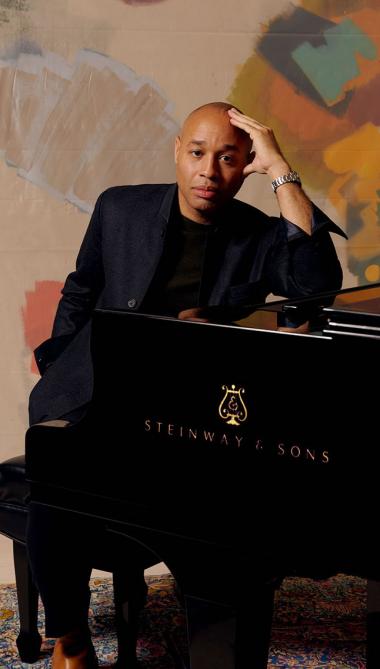
But the concert’s most stirring solo turn undoubtedly belonged to Diehl. Andres concerto’s prioritizes Diehl’s unique expressive and creative capabilities, with spaces that allow the soloist to improvise and develop the piece’s melodies. The premiere found Diehl at his most potent, both inside and outside of Andres’s written structure.
Diehl leveraged the energy that comes from extreme precision in the piano’s first ostinato entrance. His tightly coiled sense of groove animated the orchestra in the first movement. Adams, too, spurred on the ensemble from the podium.
One could feel that motor inside of Diehl, even in his glissandos and more diffuse passagework, which always seemed to point inevitably toward the next pocket of rhythmic action. Andres’s wry use of percussion also heightened the first movement’s defining sense of drive — a stretch marked by hand-struck timpani had an especially menacing undercurrent.
But Andres also leverages more ambient percussive backdrops to underscore moments of suspension and lyricism. A striking combination of organ, tubular bells, muted trumpets, and Thai gongs buoyed Diehl’s atemporal statement of the opening orchestral theme to close the first movement. In the work’s second and final movement, a pianissimo cymbal and bass drum hovered underneath increasingly heartfelt statements of the theme.
Diehl dwelled, unhurried and stylish, over these textures in the theme and variations. In the more lyric movement, his cadenza interludes stole the show — his frequent invocation of silence as he transformed the piece’s chorale-like melody was especially moving, tempered only by the lax compliance of Friday’s audience with the LA Phil’s cellphone policy.
These contemplative moments were especially appreciable in a program full of energy. But the excitement of watching Diehl, Adams, and a cadre of soloists put on a show was more than enough to bring the midday crowd to its feet on several occasions.


